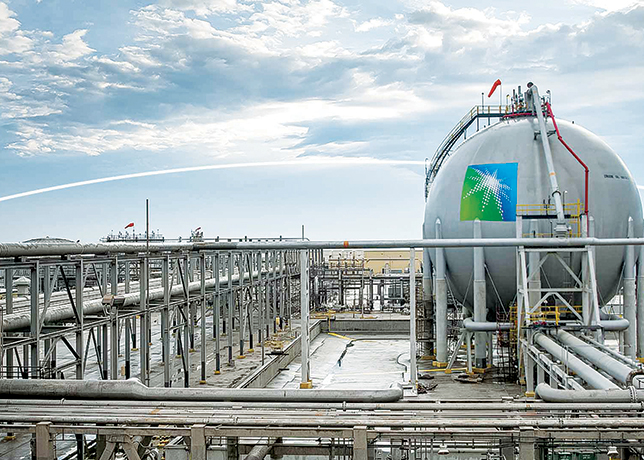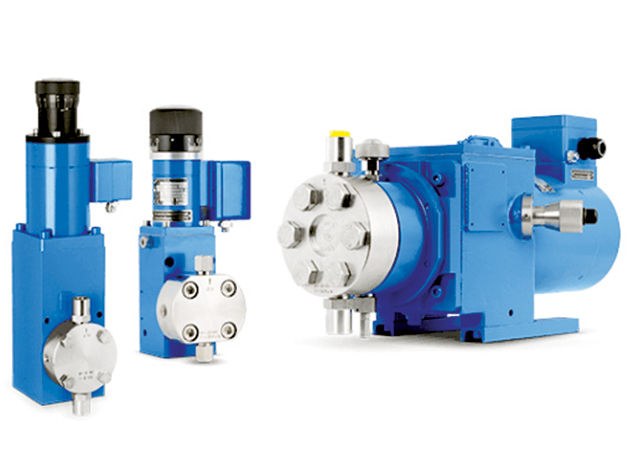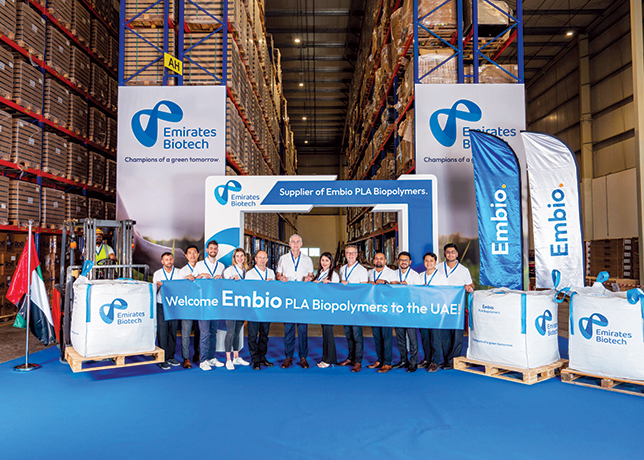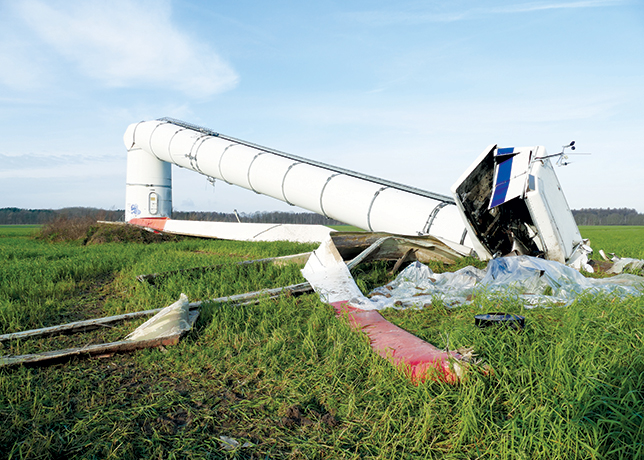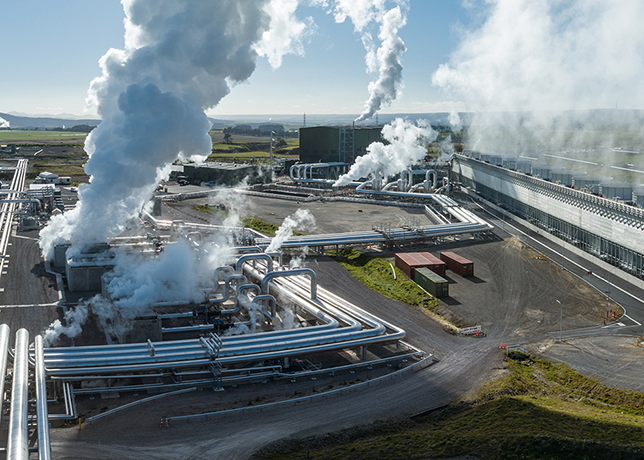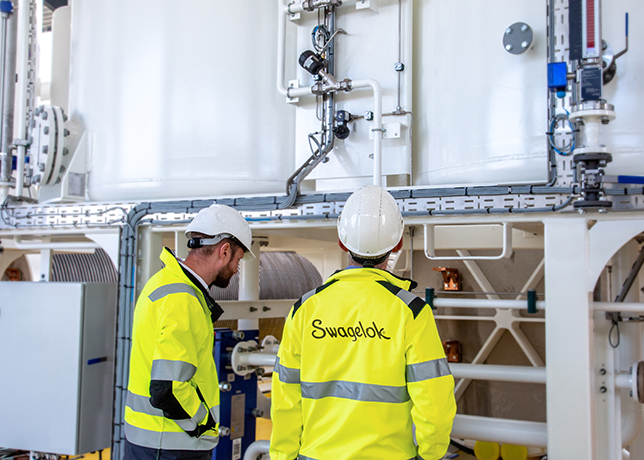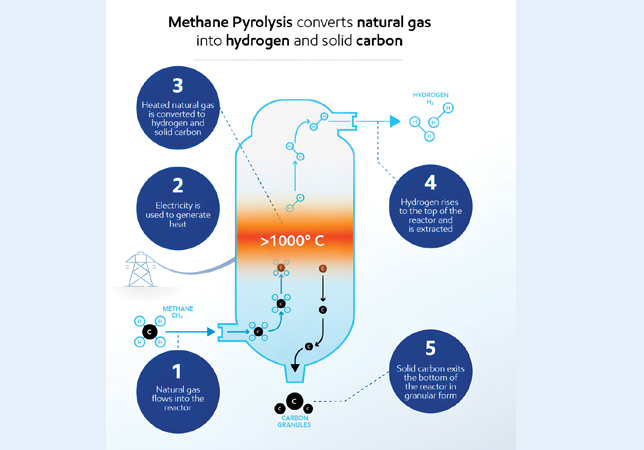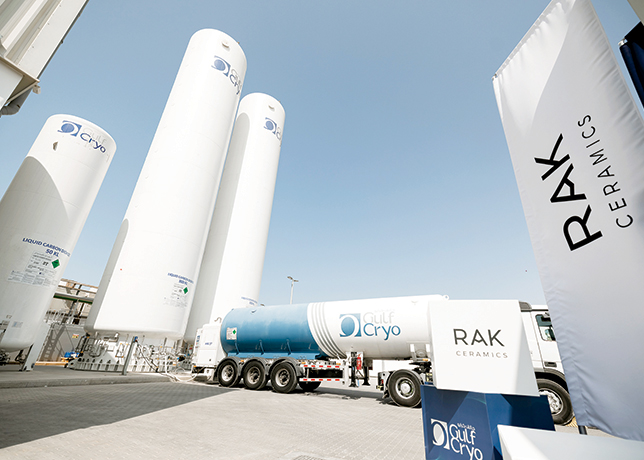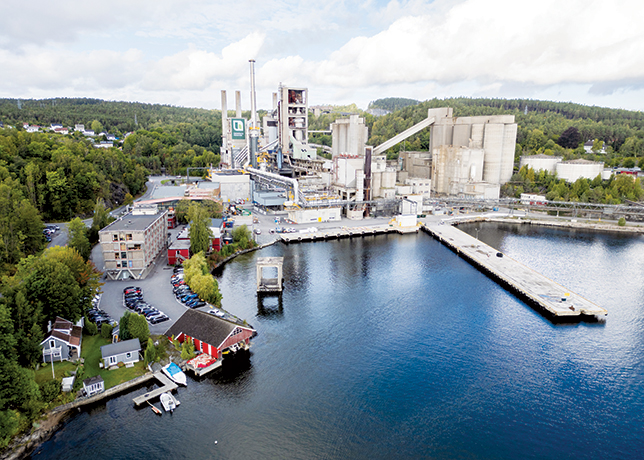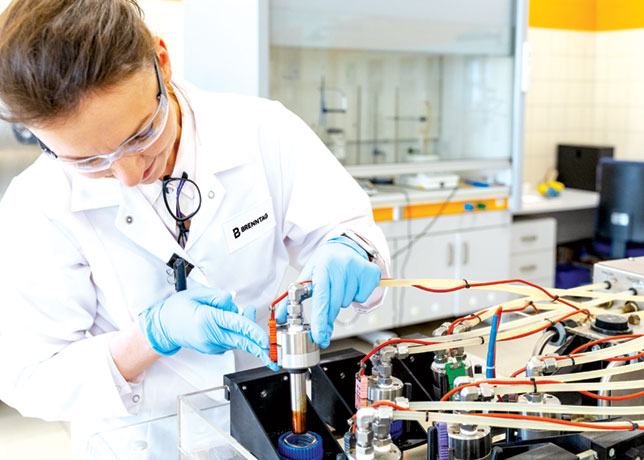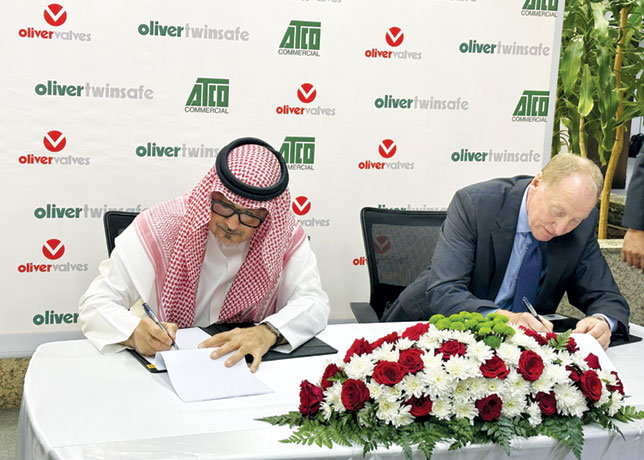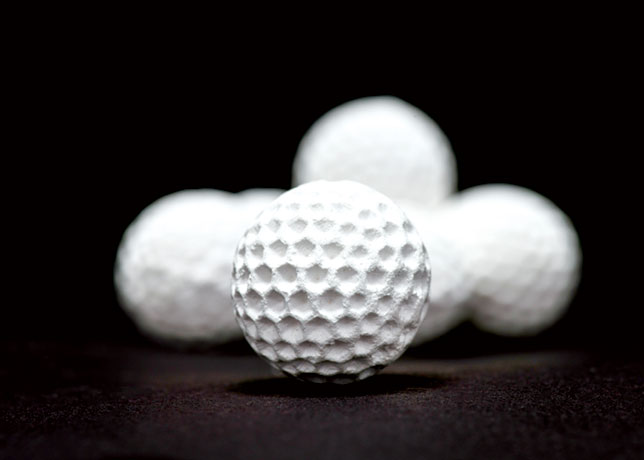
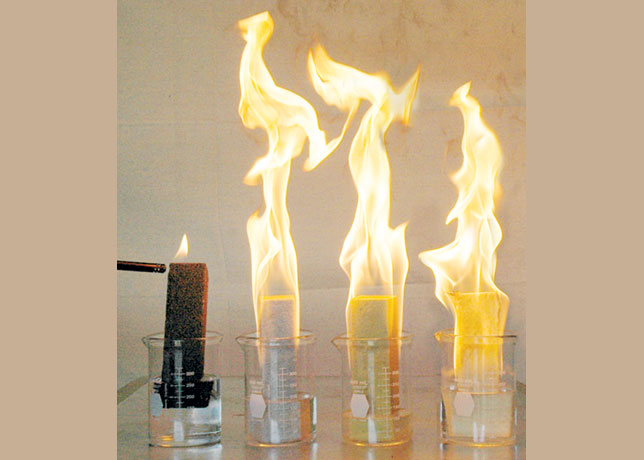 Wicking of different insulation materials after absorption of combustible liquids
Wicking of different insulation materials after absorption of combustible liquids
FOAMGLAS® insulation systems mitigate fire risks, and can be used with above-ambient temperature applications. Their multiple-layer configurations, coatings, and other components are resistant to thermal cracking
Fires can result when combustible liquids, such as oils and heat transfer fluids, are absorbed by insulation materials (also called ‘wicking’). Even certain non-combustible insulation materials can absorb combustible liquids and, consequently, can contribute to the spreading of a fire.
Under certain conditions, these combustible liquids can auto-ignite without the presence of an open flame.
This occurs by slow oxidation and temperature buildup within the saturated insulation, and, finally, spontaneous combustion.
As a result, system engineers often specify non-absorptive, non-combustible cellular glass insulation systems as recommended systems for applications with a risk of leaking organic fluids.
Cellular glass insulation is also recommended for low-temperature applications to minimise the potential danger of condensed hydrocarbon gases or liquid oxygen and their risk of possible interaction with organic materials.
POSSIBLE PROBLEMS
 |
FOAMGLAS cellular glass insulation can be prefabricated for piping applications |
Absorbent insulation materials can create a serious fire hazard because they can retain large quantities of combustible liquids should a system leak occur.
Compounding this potential danger is the fact that leakage and absorption may go undetected while developing into a serious threat to personnel, property, and production.
Fires caused by leakage into insulation lagging on hot surfaces have occurred with lubricating oil and hydraulic fluid in power stations and ship engine rooms, as well as with a variety of liquids in chemical and related industries.
Included in the wide range of potentially dangerous liquids and gases are heat transfer fluids, chemical intermediates, resins, solvents, vegetable oils, silicones, fatty acids, explosives, and oxidisers.
THE DANGER POSED BY AUTO-IGNITION
With heat transfer fluids, for example, hydrocarbons, slow oxidation occurs in porous insulation where system temperatures are above 260 deg C.
 |
Prefabricated FOAMGLAS® impermeable insulation being installed |
Insulation materials such as calcium silicate and perlite and various permeable materials offer a large reaction surface and space for the collection of vapour.
A slow exothermal oxidation reaction between the organic and limited air can begin at 260 deg C.
Then, when the insulation is exposed to open air during repairs, etc, ignition can take place because the organic is above its auto-ignition temperature.
Multiple pieces of research have shown that the auto-ignition temperature of certain heat transfer fluids was reduced drastically when absorbed by the insulation.
Oils such as lubricating, fuel, hydraulic, etc. can cause a similar auto-ignition action. The volume occupied by the penetrating oil in permeable materials enlarges by one-thousand-fold.
Oxidation begins immediately and the auto-ignition point could be reduced in such a way that the combination of oil, oxygen, and a permeable insulation material could lead to the material bursting into flames at routine operating temperatures. Studies of oil-soaked lagging fires have found ignition at temperatures as low as 80 deg C.
The auto-ignition temperatures for oils are much lower than those for heat transfer fluids. However, many specifiers are less aware of the potential danger with oils than those with transfer fluids.
Lower auto-ignition temperatures also occur with gases. For example, ethylene oxide, which normally has an ignition point of 571 deg C, was found to have a much lower ignition point after being absorbed by porous insulation materials.
LEAK SOURCES
Most major leaks result from component failure. Expansion joints, leaky valves, equipment flanges, and areas where insulation is in contact with flat surfaces are among the critical points that collect and absorb leaked chemicals.
These areas should receive extra attention when insulating your heat transfer pipework and system engineers recommend always using cellular glass insulation for these critical points.
FOAMGLAS® CELLULAR GLASS INSULATION
• Non-combustibility: Many manufacturers of heat transfer fluids often specify FOAMGLAS® cellular glass insulation material where organic leakage and contamination are possible.
The non-absorbent, inorganic, closed-cell nature of cell glass insulation prevents the absorption of liquid and vapour organics and eliminates the risk of auto-ignition within the insulation due to leakage.
• Above ambient systems: Heat transfer fluids are generally used at 175–400 deg C, which requires thermal shock-resistant insulation systems.
FOAMGLAS® insulation systems can be configured specifically for use with above-ambient temperature applications. Our systems may include multiple-layer configurations, coatings, and other components that are resistant to thermal cracking.
• Cryogenic/cold and below ambient systems: In low-temperature applications, gases can condense within permeable insulations and create a fire risk.
Some closed-cell materials, such as commonly specified cellular plastics can allow slow vapour diffusion when a vapour pressure differential exists between one side of the product and the other.
Within rigid, organic polyurethane and polyisocyanurate foam, combustible hydrocarbon gases can then accumulate in cells from which the blowing agent has diffused.
FOAMGLAS® cellular glass insulation finds widespread application in various cryogenic pipe applications due to its impermeability, non-absorbability, and non-organic nature.
For example, liquid oxygen can self-detonate by mechanical shock when in contact with organic and some inorganic materials.
Consequently, no organic insulation materials should be used at cryogenic temperatures below minus 183 deg C – the condensation temperature of oxygen.
FOAMGLAS® cellular glass insulation has been proven liquid oxygen-compatible as it will not interact with liquid oxygen, and minimise the dangers associated with oxidising organic materials.
• Prefabrication and easy of inspection: For both vessel and piping applications, FOAMGLAS® cellular glass insulation can be prefabricated, including pre-applied finishes, for efficient, time-saving installation and inspection.
For leak-prone valves and flanges, reusable covers of FOAMGLAS® insulation can be fabricated, incorporating latched, metal outer jacketing. These covers can not only save fuel without producing a fire risk but also provide easy access for inspection and maintenance.





















